- The Zhenghe Sea Railway helps Yunnan Province to accelerate the formation of a modern logistics system of channel + hub + network
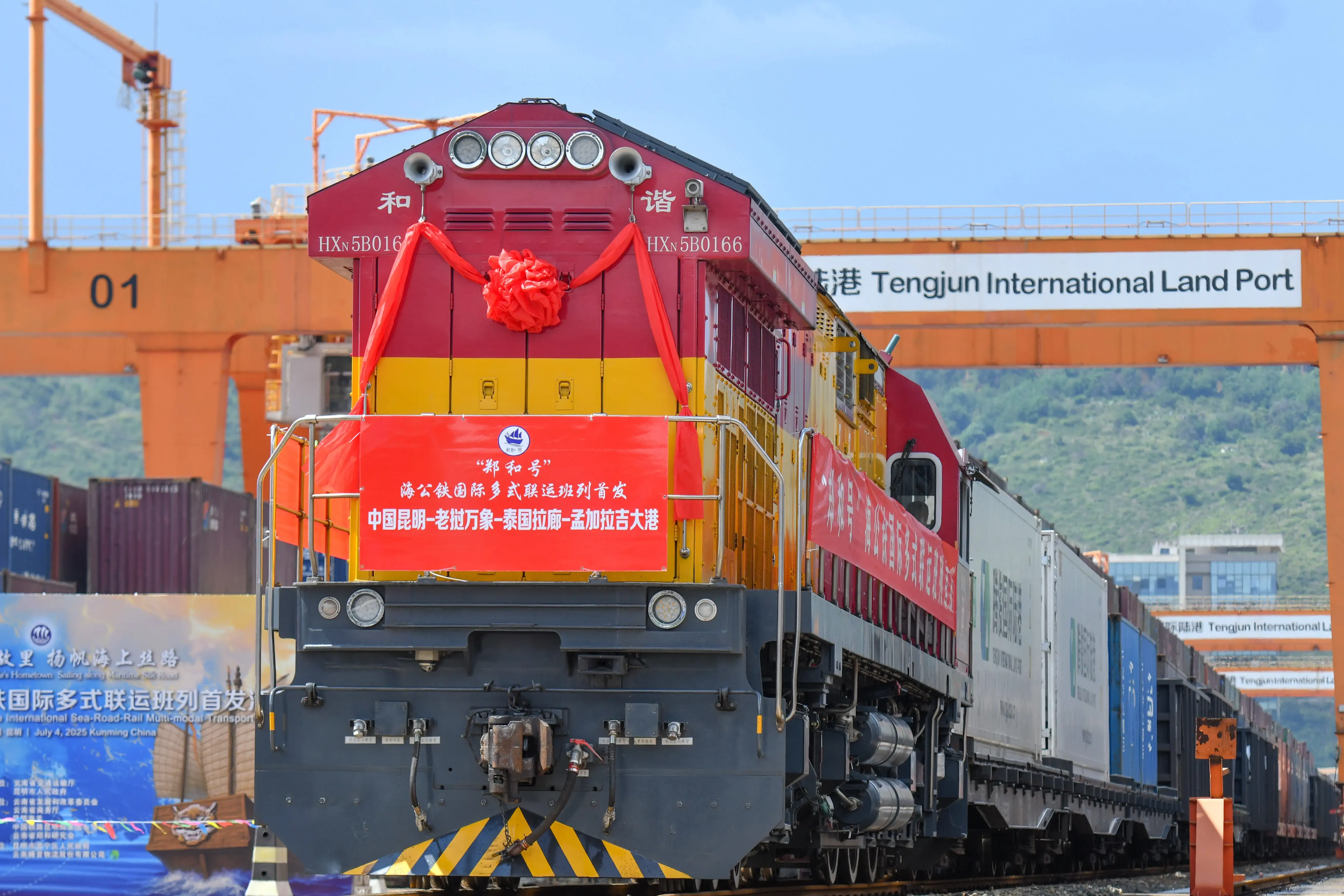
Although the traditional China-Europe freight train has made remarkable achievements, it has always faced the constraints of "railway dependence". The data shows that the cost of pure rail transportation is as high as 3 times that of sea transportation, and the timeliness advantage pales in the face of low value-added goods. After the outbreak of the Russia-Ukraine conflict in 2022, the traffic of the northern route through Russia plummeted by 40%, exposing the fragility of a single mode of transport. "Zheng He" innovatively integrates the cost advantage of sea transportation, the timeliness guarantee of railways and the flexible distribution of highways into one furnace to form a three-dimensional network of "sea transportation gathering, railway trunk lines and highway capillaries". Taking Vietnam's electronic products exported to Europe as an example, through the multimodal transport scheme of "shipping to China first, and then westward by rail", the cost is reduced by 40% compared with the pure railway solution, and the timeliness is shortened by 15 days compared with the pure sea transportation.
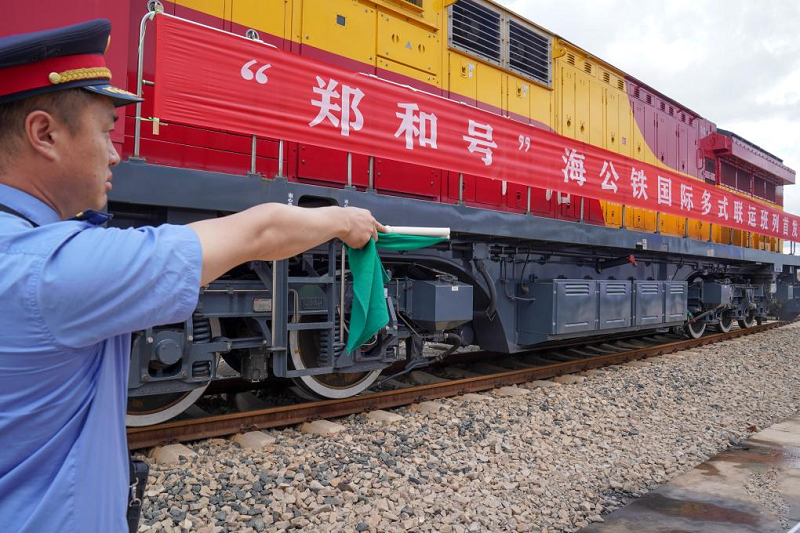
Technological Revolution: Three core innovations reconstruct logistics rules
Intelligent routing system: The quantum communication terminal equipped with the train can analyze more than 200 data indicators in real time. When the Black Sea route is affected by geopolitical conflicts, the system can generate an alternative to "China-Azerbaijan-Turkey" within 2 hours, avoiding the 72-hour decision-making lag of traditional logistics.
Non-inductive customs clearance system: Through blockchain technology, the customs data exchange of 11 countries including China, Kazakhstan and Germany is realized, and the average customs clearance time of traditional multimodal transport from 7 days to 8 hours is compressed. According to the pilot project of Qingdao Customs, it only takes 53 minutes for containers to be loaded from berthing to loading, setting a new record for port transit.
Dynamic pricing mechanism: The introduction of the airline-style floating freight rate model, so that the 40ft container freight rate from Shanghai to Hamburg can be adjusted in real time according to fuel costs and exchange rate fluctuations, and the fluctuation range is reduced by 60% compared with the traditional model.
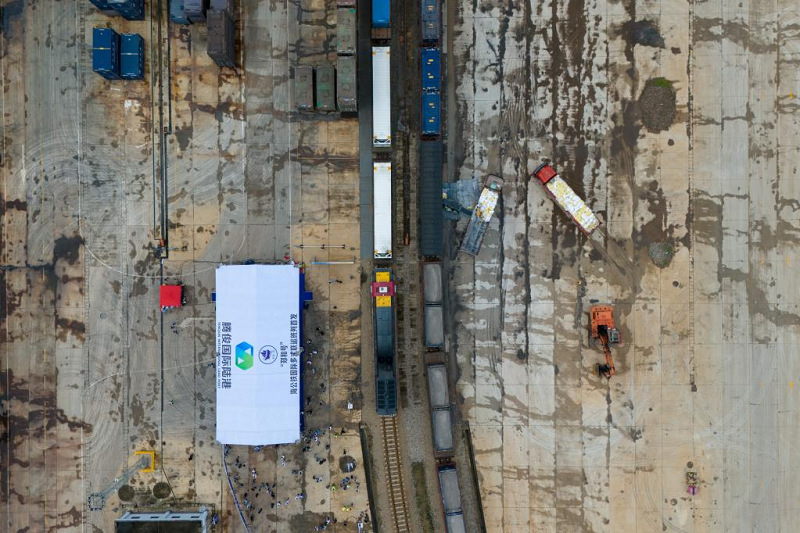
Geopolitical game: the power struggle for new logistics corridors
This artery, which straddles three modes of transport, is rewriting the balance of power in Eurasia. In Kazakhstan, the annual throughput of the Chinese-funded container terminal in Aktau port has surged by 300%, giving the landlocked country its "quasi-coastal" status for the first time. In Turkey, the authorities demanded that the Zheng He pass through the Marmara Undersea Tunnel in an attempt to charge a "strategic access fee" of $450 per container. A more delicate battle is taking place in the area of standards – the EU insists on the use of the UN/CEFACT electronic message standard, while China's "Silk Road" standard has attracted 17 countries to join. This "standard war on the rails" will determine who will have the right to speak on multimodal transport in the future.
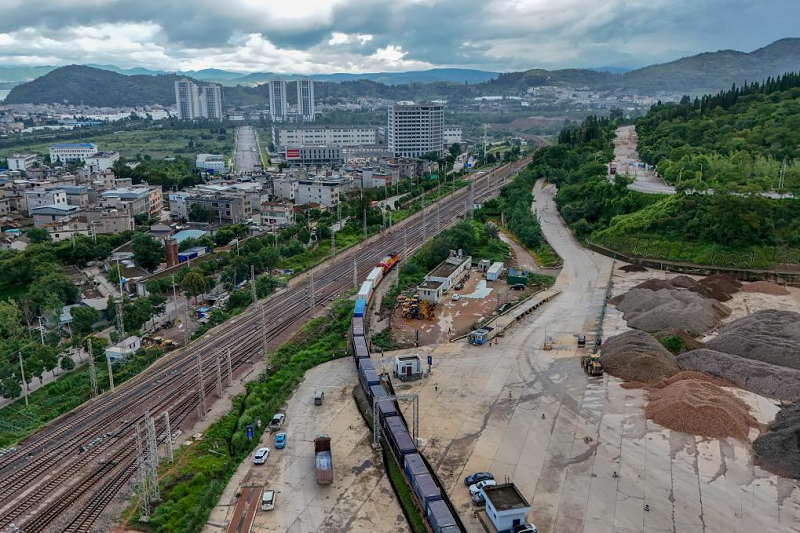
Realistic challenge: rain and rain warnings under the rainbow
The ideal blueprint still faces a harsh reality: the "choke point" effect of the Strait of Malacca has constrained 80% of China's crude oil imports and 50% of container shipping volume; Rail workers in the German port of Duisburg have gone on strike three times to protest against the "replacement of manual labor by automated systems". To make matters worse, there is a shortage of 120,000 intermodal talents needed for multimodal transport, equivalent to one-third of the total number of current practitioners. As Miller, president of the International Logistics Association, put it: "China invented gunpowder, but it was the design of firearms that really changed the war – hardware for multimodal transport was readily available, software was hard to find." ”
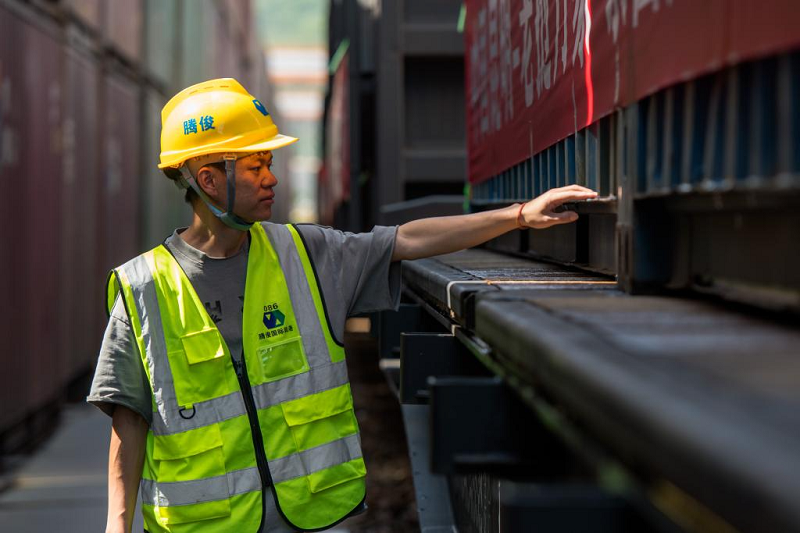
Future prospects: from the logistics revolution to the rules revolution
When the whistle of the "Zheng He" resounded across Eurasia, its significance went beyond the innovation of means of transportation. It marks China's transition from an "infrastructure provider" to a "logistics rule designer". History is always strikingly similar – in the 19th century, Britain controlled shipping through the Navigation Act, in the 20th century the United States dominated air transportation with the Chicago Convention, and now China is competing for the right to define the logistics system of the 21st century through the "China Solution" of multimodal transport. Where this winding track ultimately leads will depend on the balance of technological breakthroughs and geopolitical wisdom.(This article is from the official website of Seetao www.seetao.com. Reprinting without permission is strictly prohibited. Please indicate Seetao.com + original link when reprinting) Seetao.com Strategy Column Editor/Sun Fengjuan
Comment
 Praise
Praise
 Collect
Collect
 Comment
Comment
 Search
Search


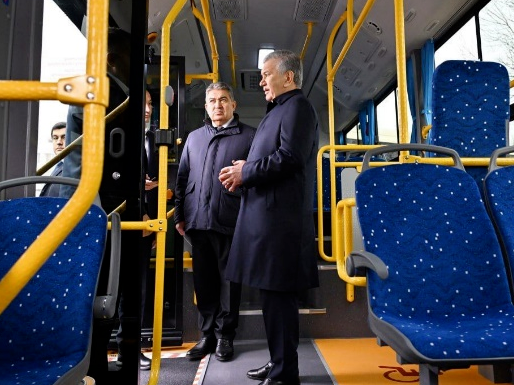

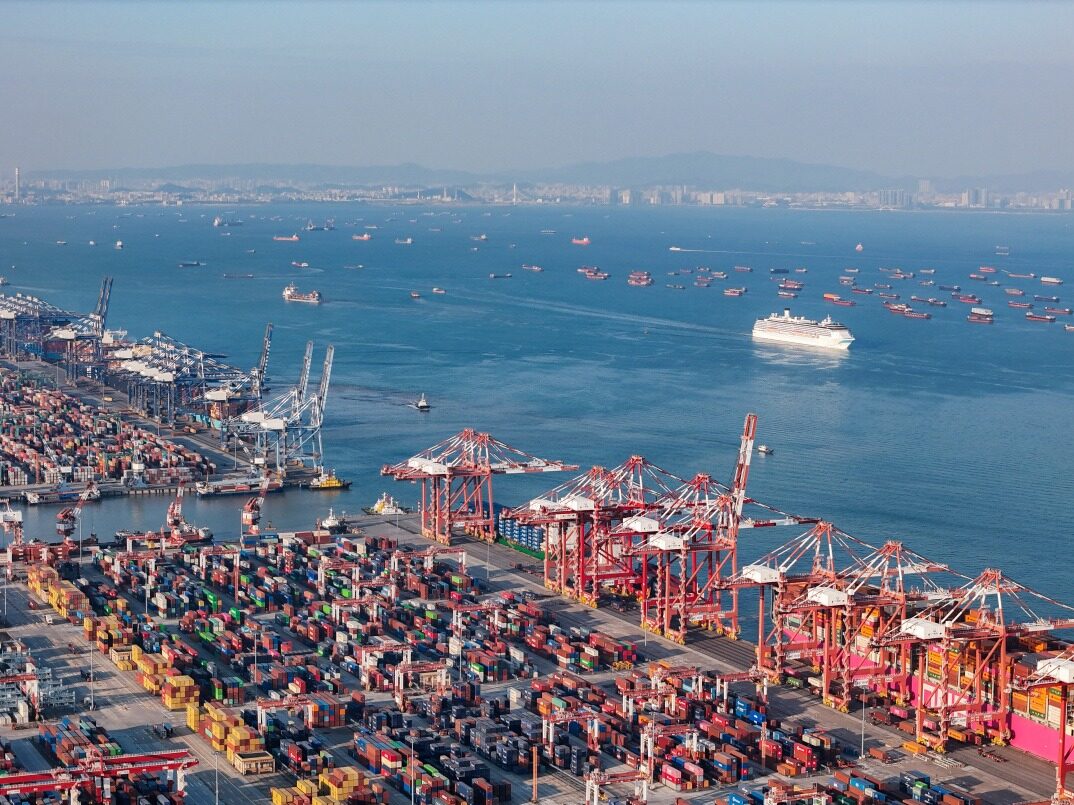
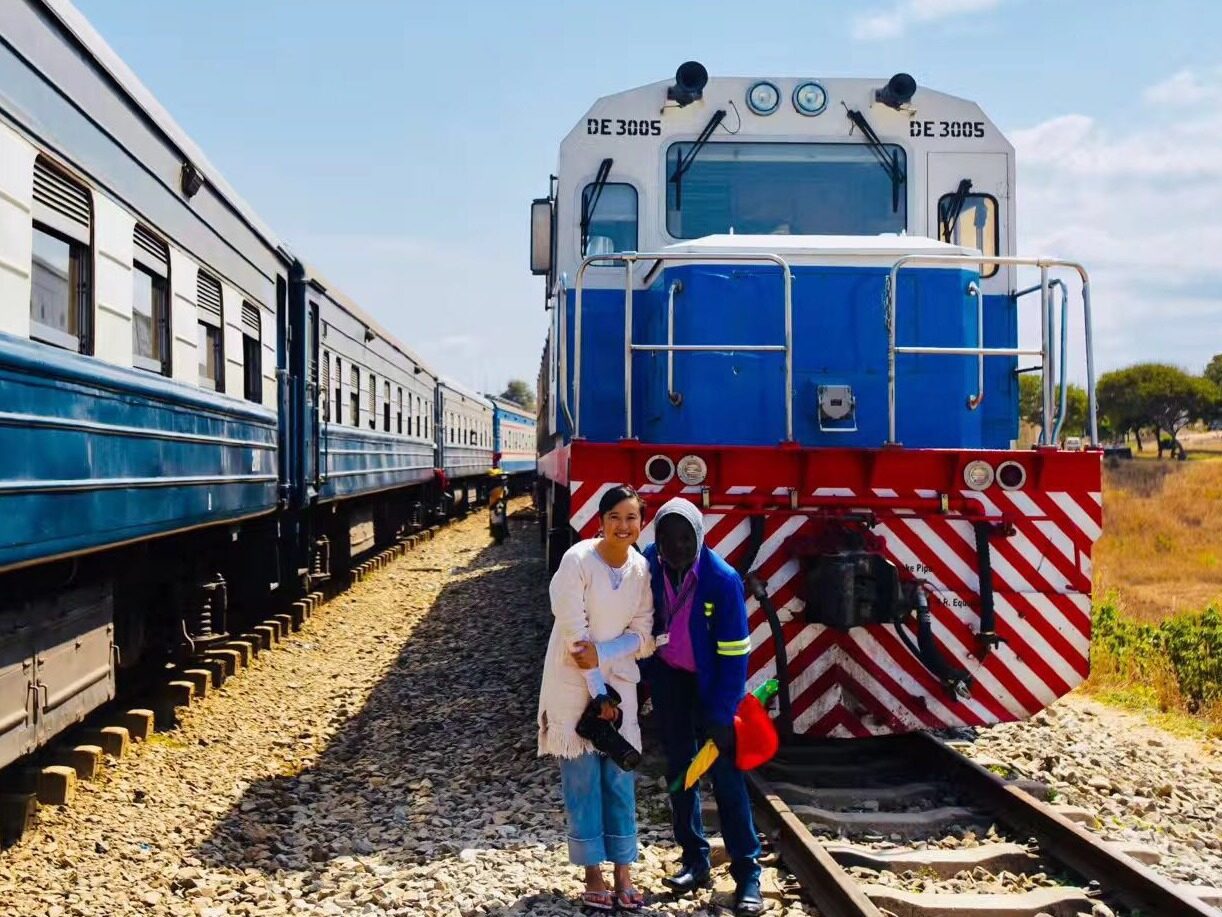
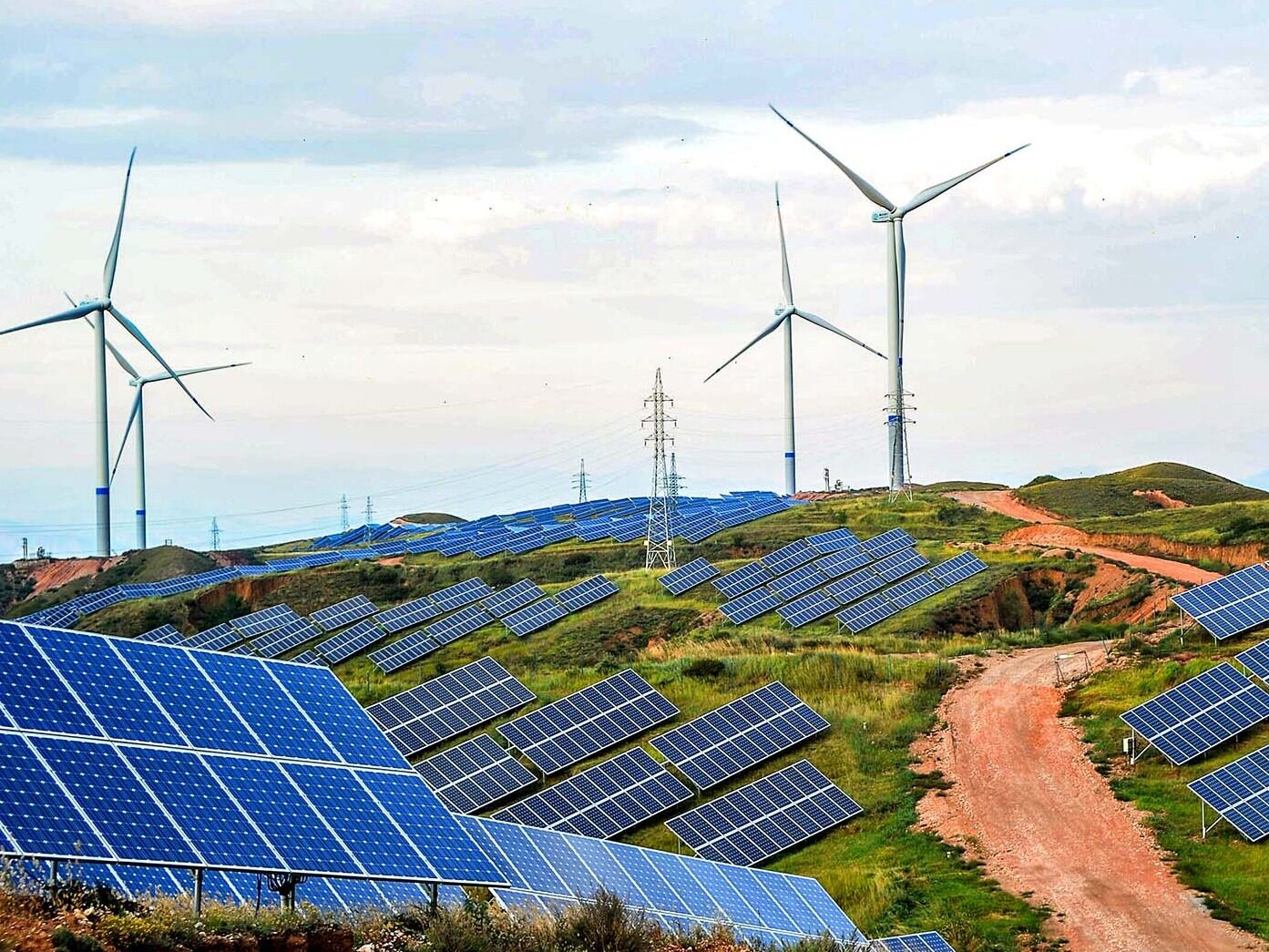







Write something~